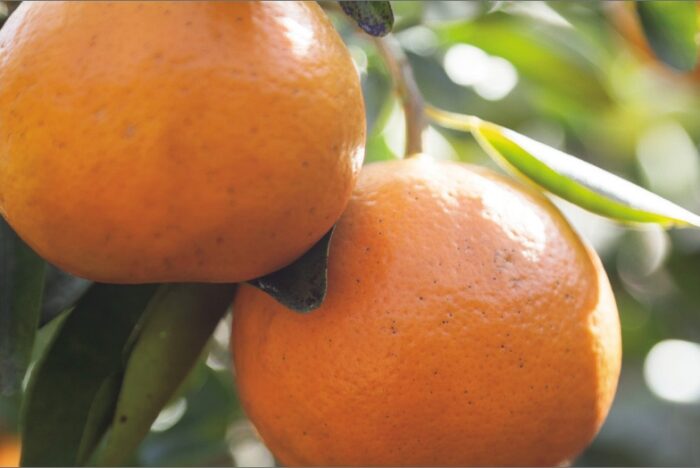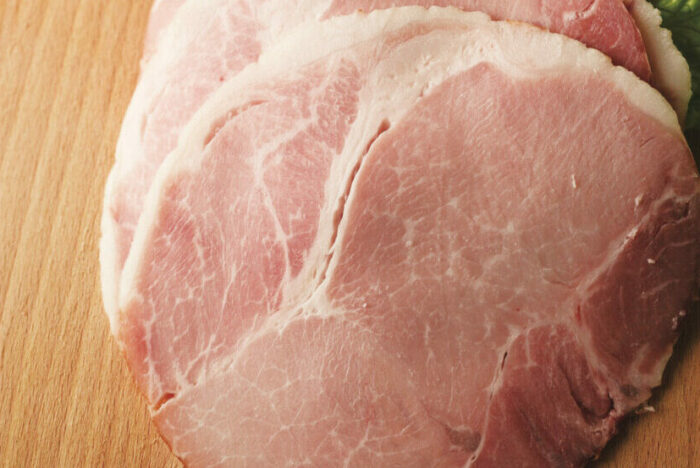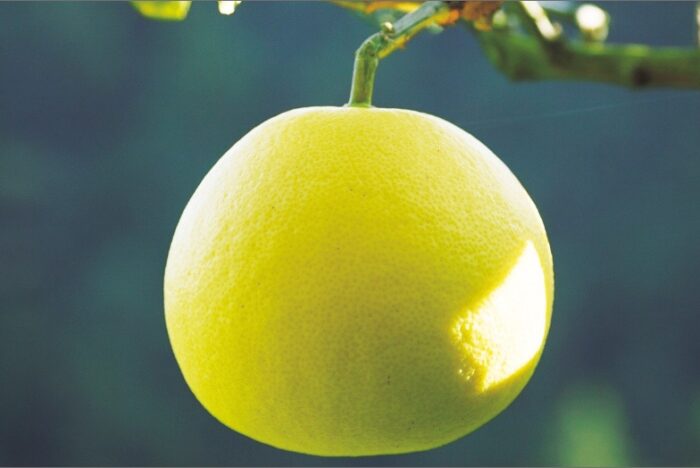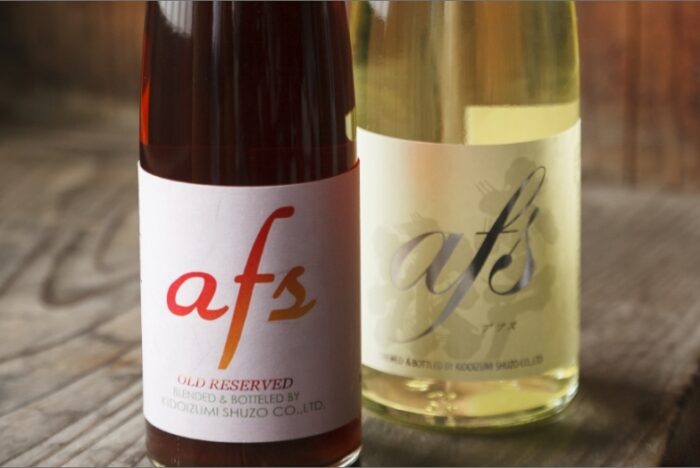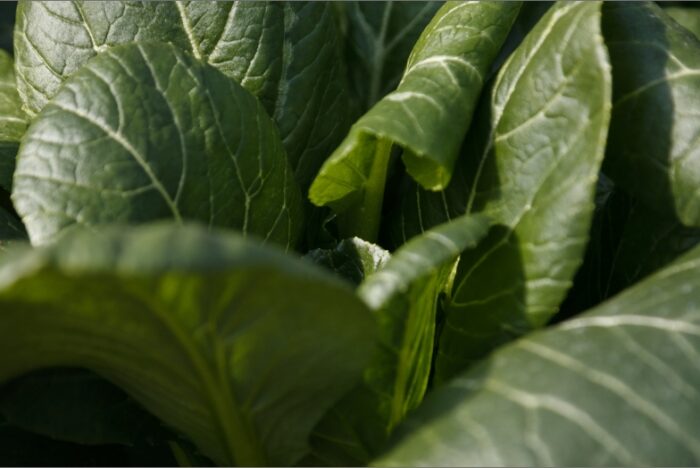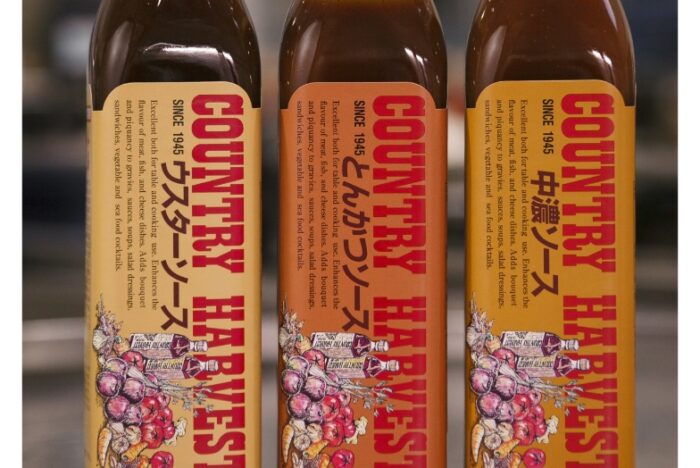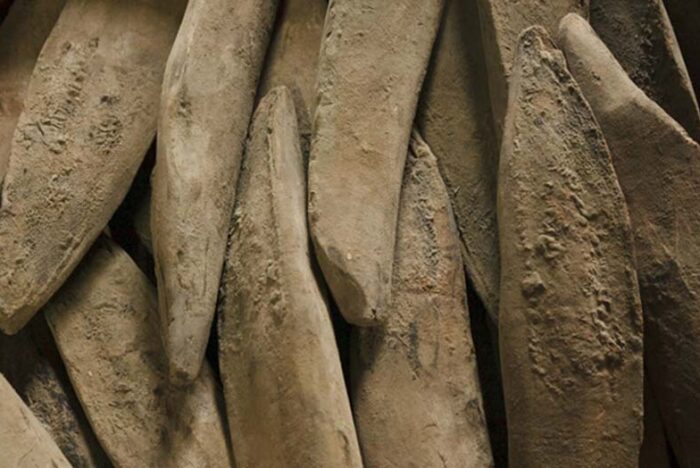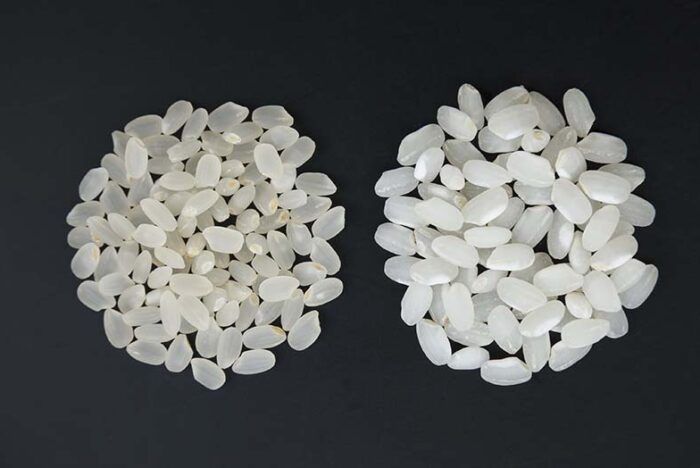Umami and Dashi Gain Foothold on the New York Palate Vol.2
NY chefs incorporate dashi into their cooking with unique ideas
2015.12.05
| ![]() 日本語(Japanese) |
日本語(Japanese) |
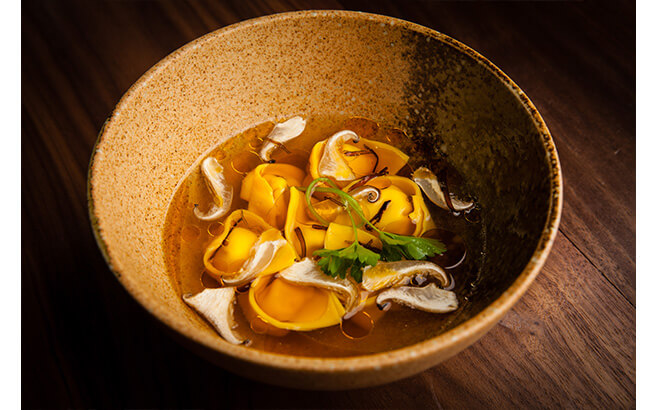 |
Tortellini immersed in dashi stock at modern Venetian restaurant "All'Onda" |
"Umami" is the new buzzword among American chefs. Throughout New York, chefs exploring this fascination with umami, in particular those incorporating dashi, are becoming much more visible.
Wylie Dufresne, chef and owner of "wd~50", known for its molecular-gastronomic cuisine, took an interest in Japanese dashi 15 years ago by developing his own unique recipe combining dried bonito and kelp.
"The fascination with dashi originates in its unique richness, which is quite different from fish stock in French cuisine. Dried bonito has less of a fishy odor than the French stock and possesses a subtle smoky flavor that matches up with other ingredients by itself. On the other hand, kelp has a rich taste but is lighter than French stock. And the balance between dried bonito and kelp is interesting," says Dufresne. He freely uses dashi stock in ways not normally seen in Japanese cuisine.
One example is Dufresne’s "French fry bouillon". This is a bouillon that evolved by immersing French fries in dashi overnight to impart their flavor. "Edible French fries can be found anywhere, but this is the first drinkable French fries. The smoky flavor of the dried bonito and the taste of the potatoes are a perfect match, and the umami of dashi greatly enhances the flavor of the fries." He will use the bouillon, for example, with a white fish fillet, but doesn’t consider Japanese dashi a mere substitution for French fish stock and states that he often prefers the bouillon to chicken stock.
Michael Anthony, head chef of New American restaurant "Gramercy Tavern", is another chef who has taken a liking to dashi. "Japanese dashi forms an important foundation for adding flavors to food. I use it to make delicate and light soup or sauces, and also in enhancing the taste of vegetables or fish", he said.
One example of the latter is his "Halibut Beet Dashi". Beautiful red dashi is concocted by simmering a dashi of kelp and dried bonito with star anise, fennel seeds and thin slices of beet for an hour, then adding thyme, bay leaf, sugar, and wine vinegar. Halibut boiled in olive oil is then simmered in the beet dashi. "By blending it with seasonal homegrown beets and other local ingredients, Japanese dashi truly becomes a part of the American culinary experience and is not just “something borrowed from Japan."
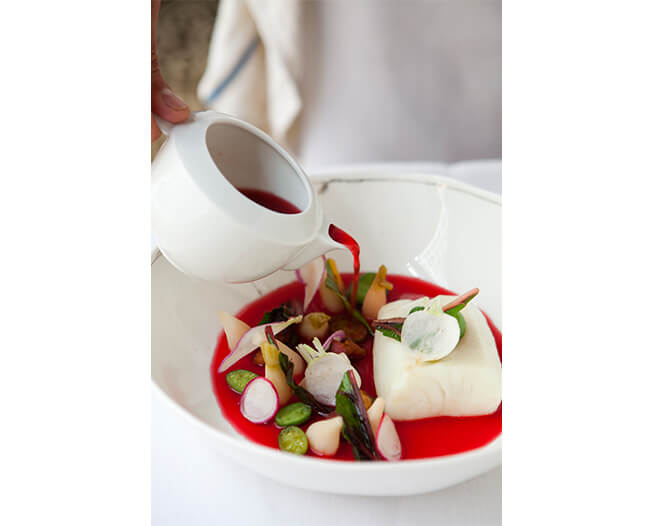 |
"Halibut Beet Dashi" by Michael Anthony of "Gramercy Tavern" |
On the other hand, Chris Jaeckle, chef and owner of modern Venetian restaurant "All'Onda," has three years of experience working in Japanese eatery "Morimoto" and makes good use of dashi without being restricted to sorting his creations into the loose categories of Italian or Japanese.
An example of this is a tortellini filled with three kinds of cheese. Applying a traditional recipe of pasta in soup using chicken stock, Parmesan cheese rind and dashi made with kelp and dried bonito, he then adds tomato-infused olive oil, porcini mushrooms and salted dried kelp to generate a synergistic umami effect. He further explores the possibilities of umami in a variety of ways, such as adding a gelée made of dashi, shellfish soup, miso and white wine to pair with a shellfish of antipasto, layering salted dried kelp dressed with butter in between the outer skin and meat of roasted guinea fowl to enhance its flavor.
"There has been a misconception in this country until now that "umami means MSG." I would like to counter that by offering a broad introduction of the original taste of umami which comes from natural ingredients, seen in recipes that originate from Japanese cuisine," said Chris Jaeckle.
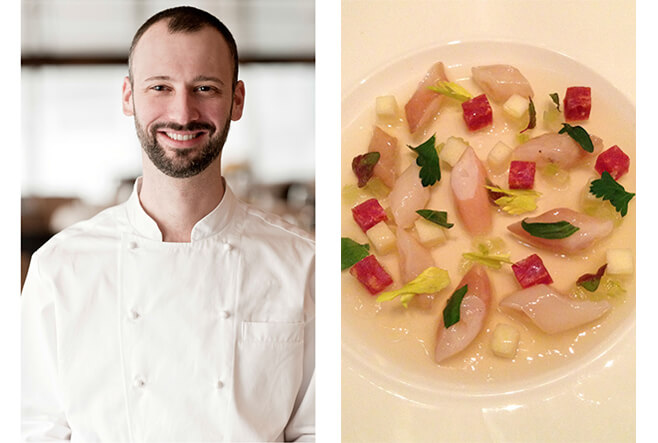 |
|
Head chef of "All'Onda", Chris Jaeckle |
"Pairing shellfish and gelée" of "All'Onda" |
Bryce Shuman, chef and owner of modern American restaurant "Betony," pours an eringi mushroom, dried bonito and kelp dashi over a slow-boiled egg with a sauté of black eringi mushrooms and short pasta (ricotta cavatelli) to enhance the flavor, all in front of customers. "I like ramen dashi with kelp and dried bonito, and I went with this particular recipe because I wanted to reproduce the deep sense of umami in my cooking," he confided.
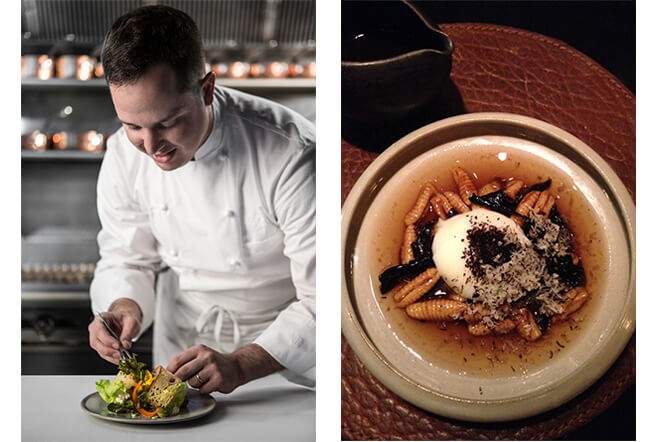 |
|
"Betony" head chef Bryce Shuman |
"Slow-boiled egg with cavatelli" at "Betony" |
Umami and dashi are certainly crossing borders to take root in America.
What is commonly described as “Food of Japan” continues its meandering journey throughout the world of taste exploration, encountering a plethora of exotic ingredients and people, together with their ideas and technologies, blending bits and pieces to create true alchemical gastronomy.
Text and photographs by Akiko Katayama / English translation by Yuko Wada and Sean Gaston |
| ||
| ||
| ||
| ||


